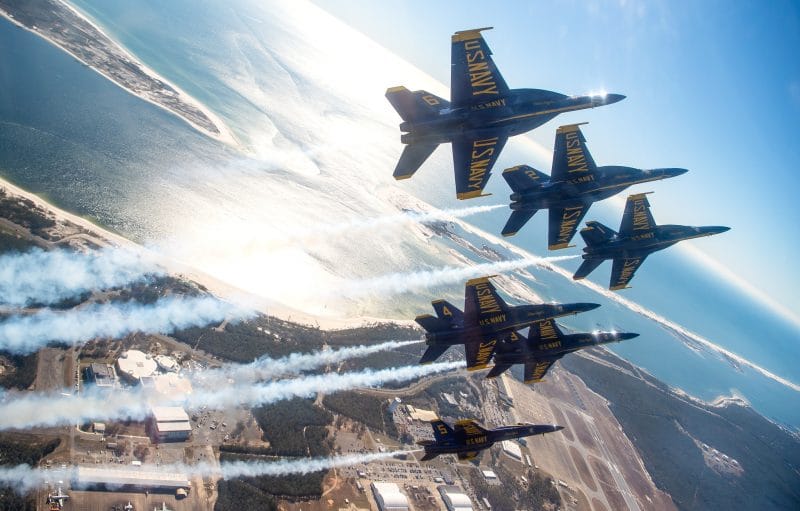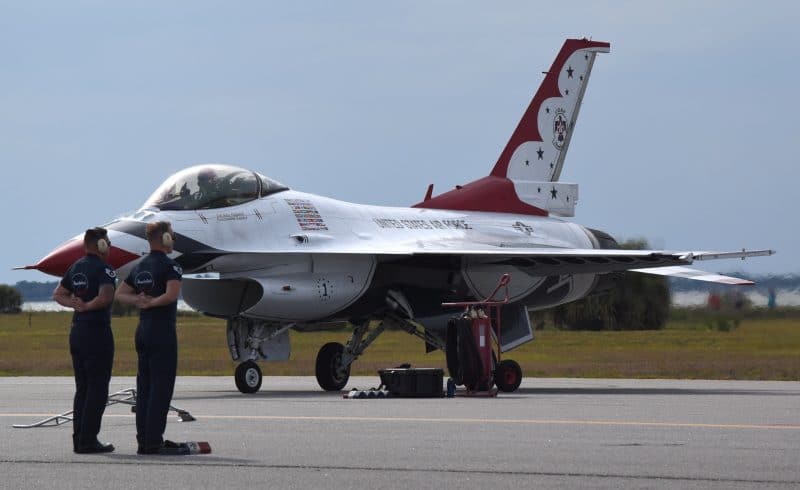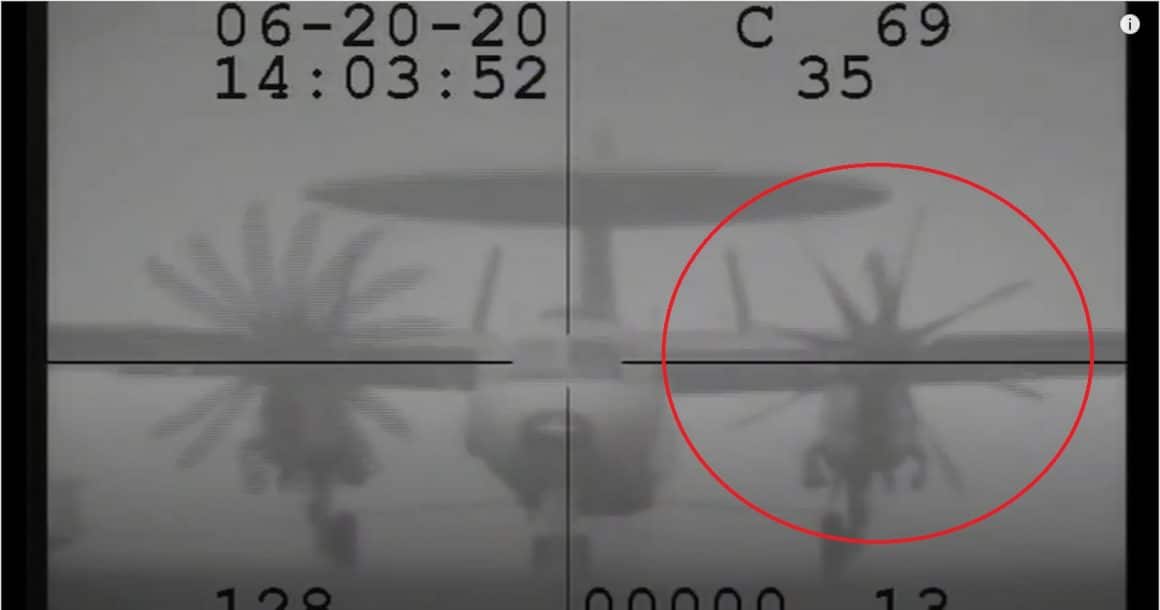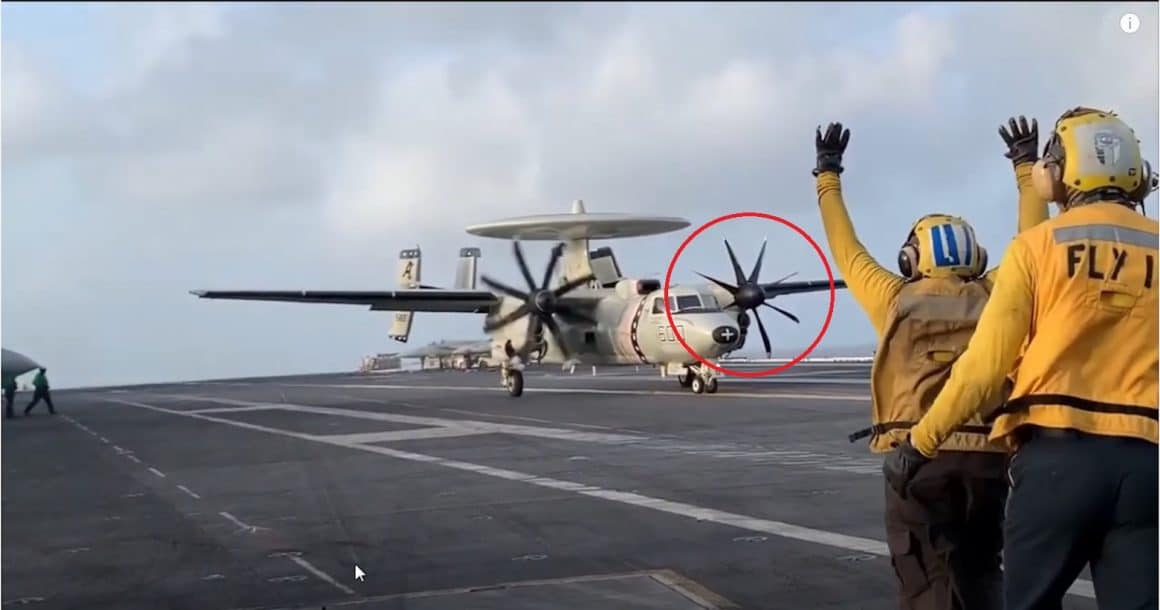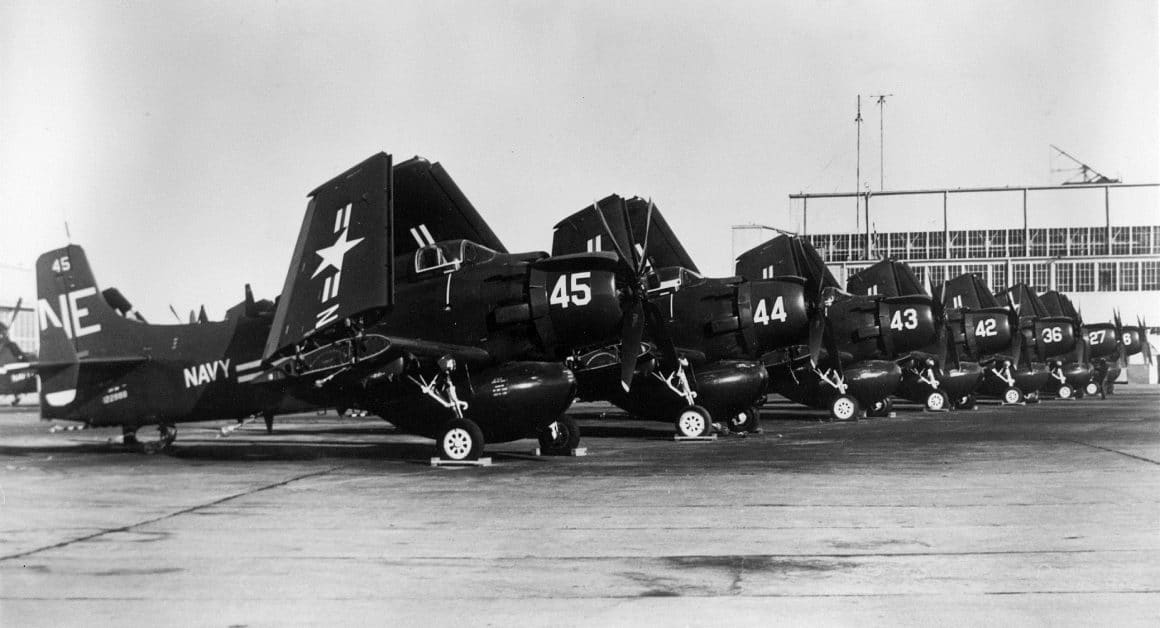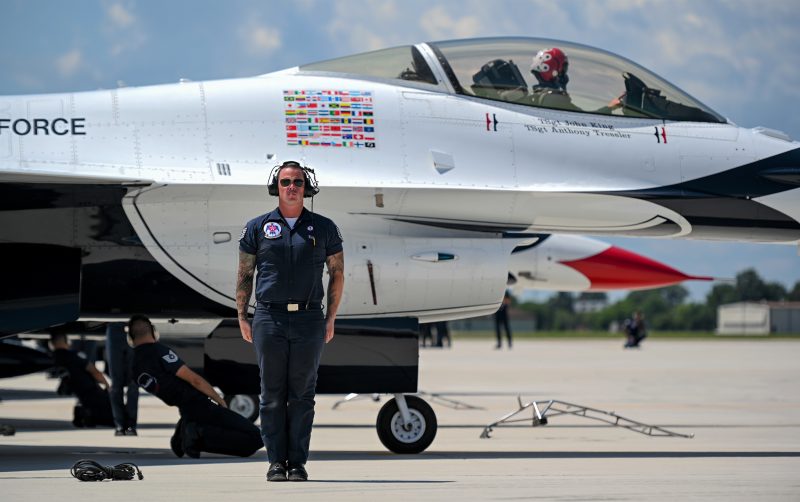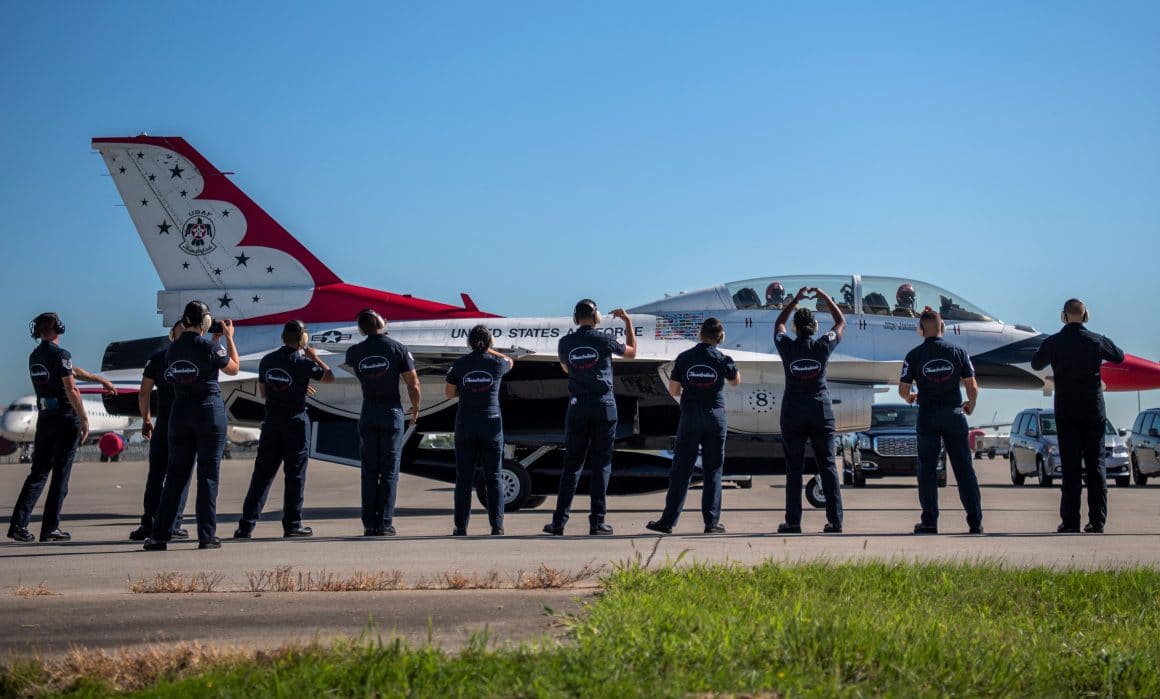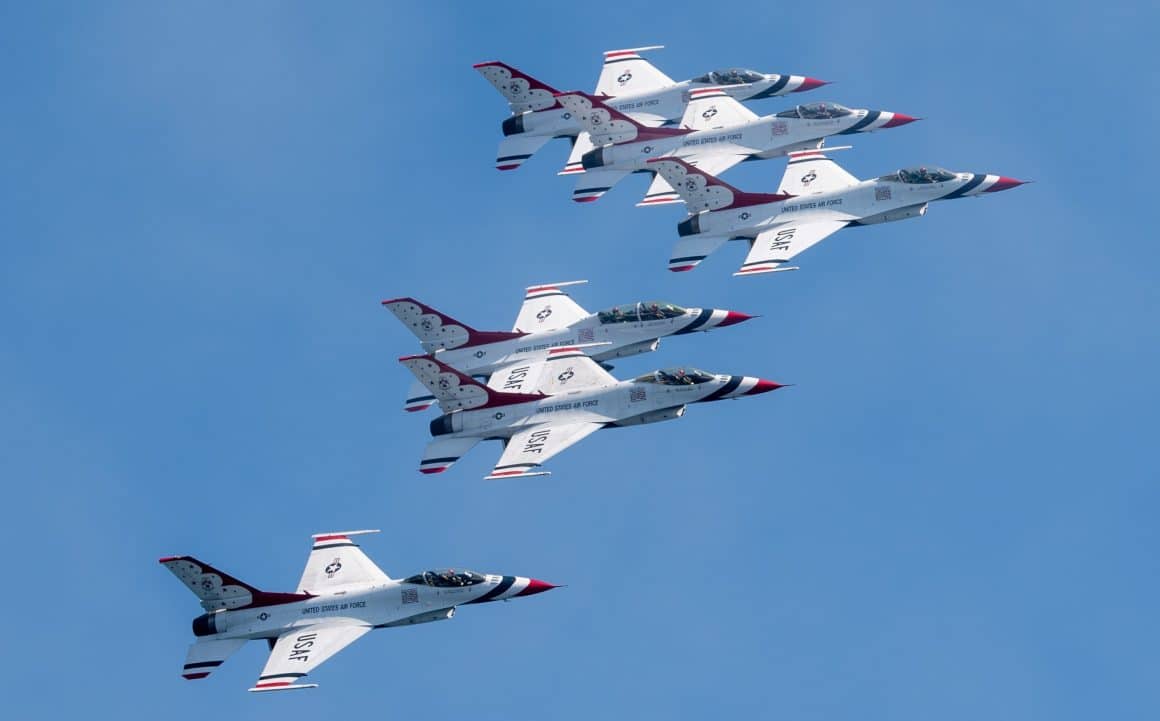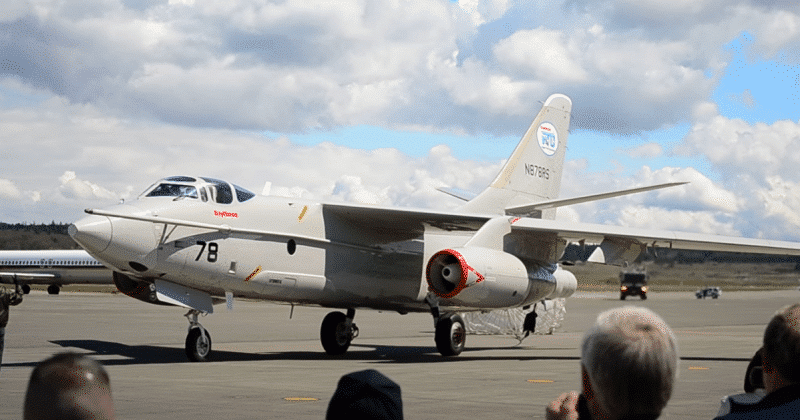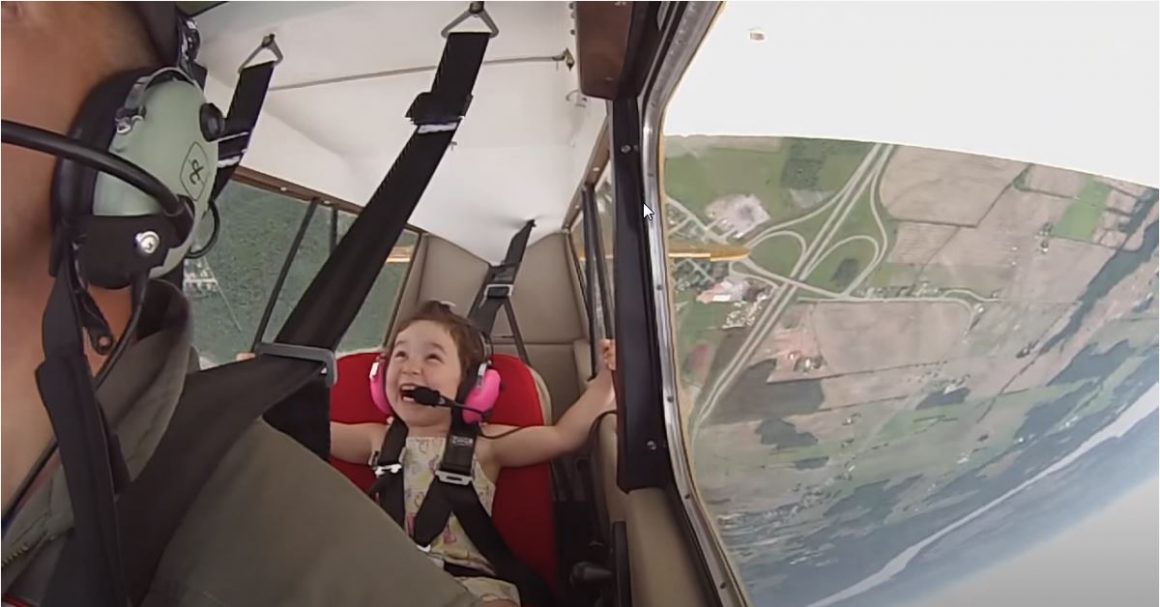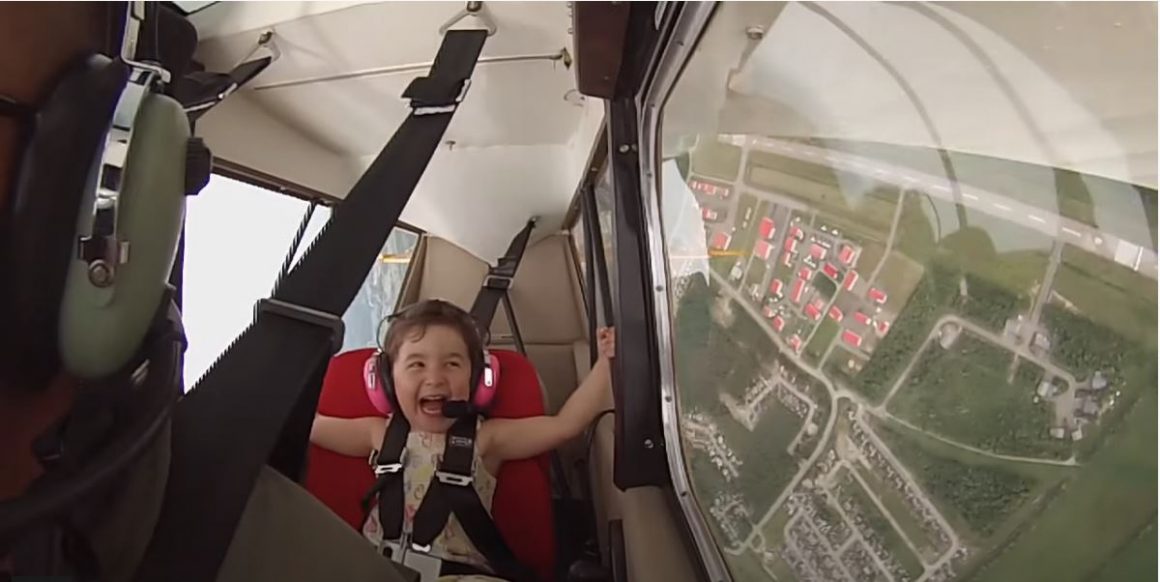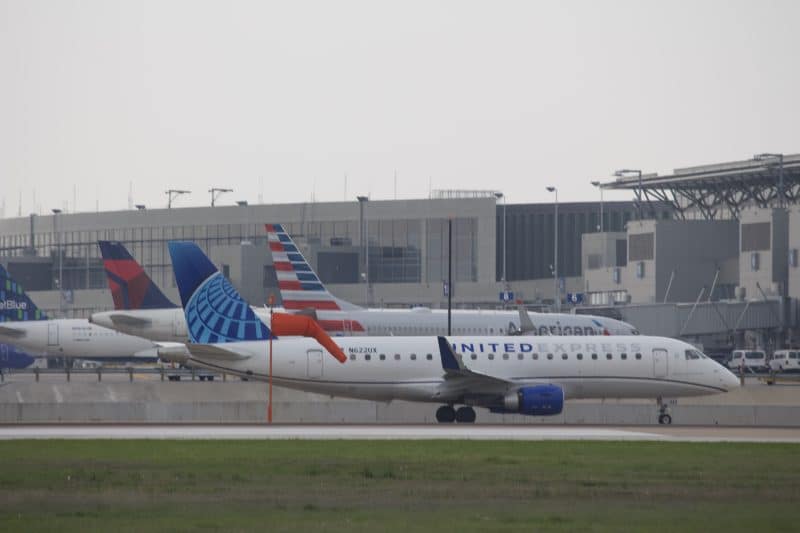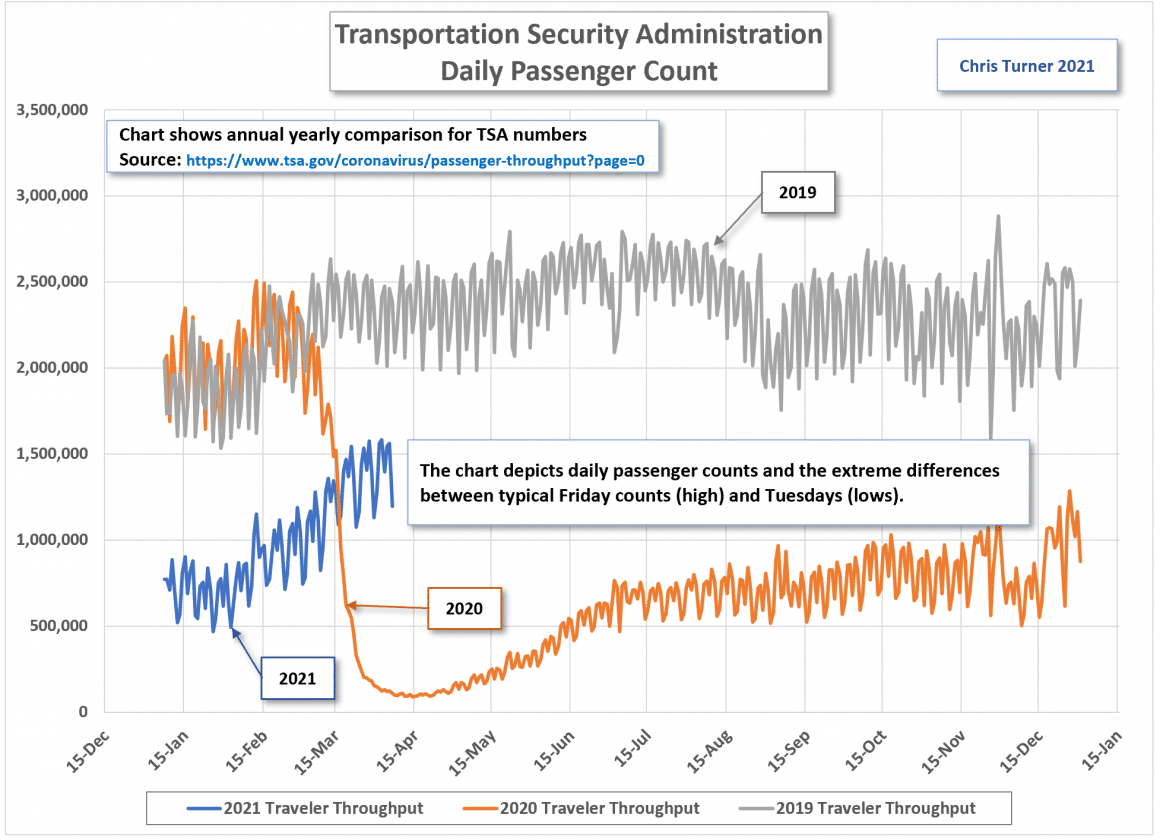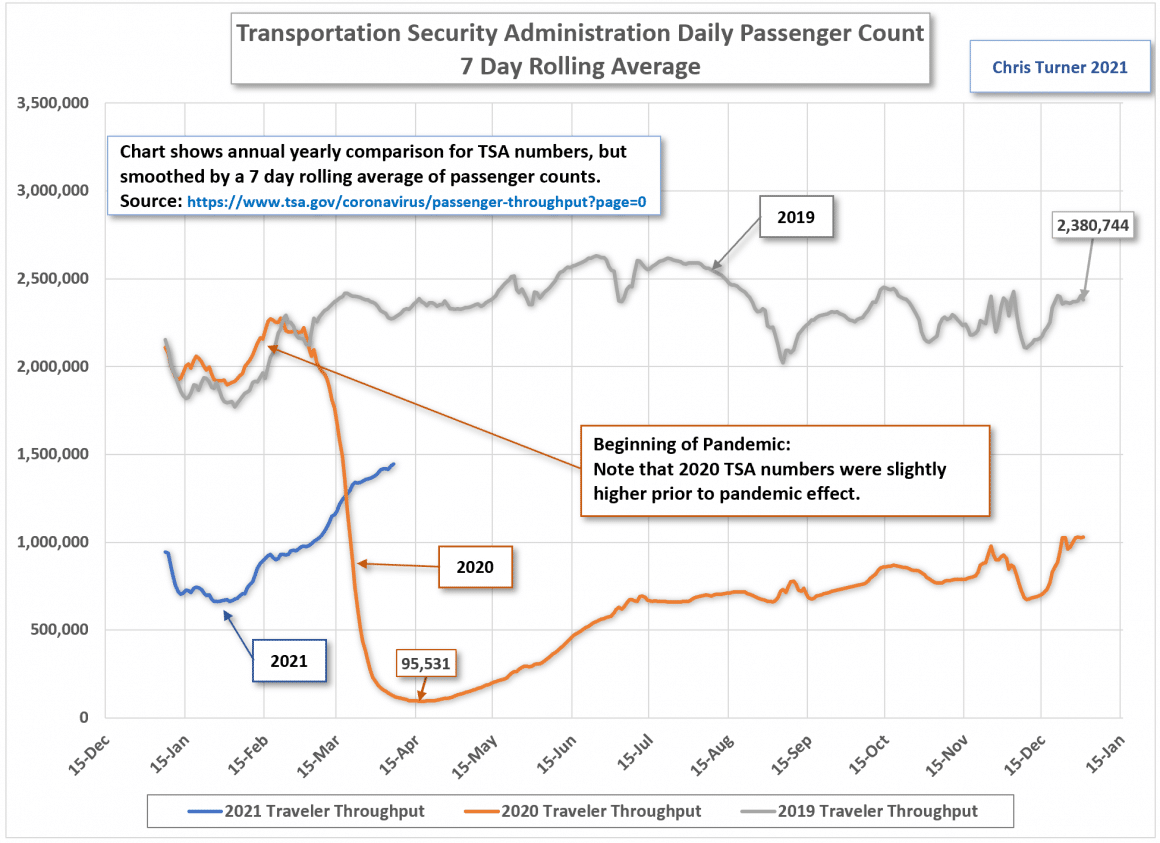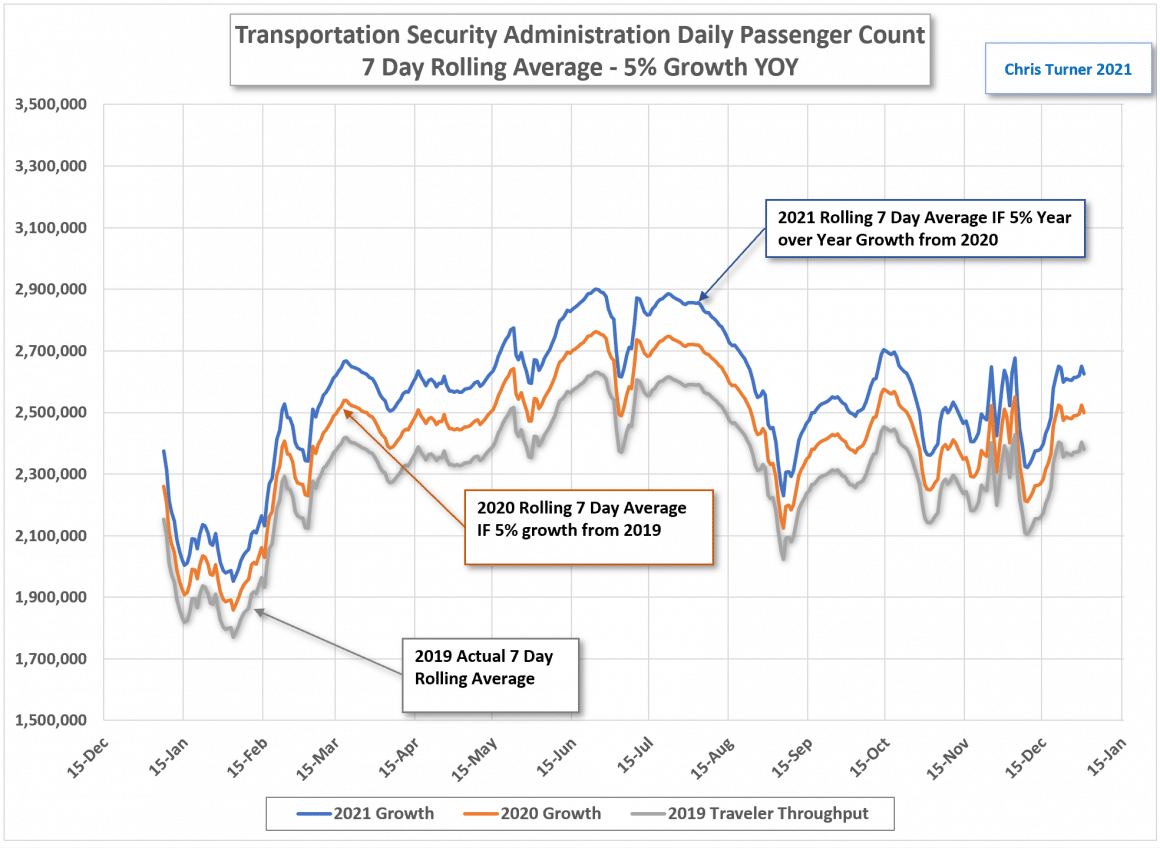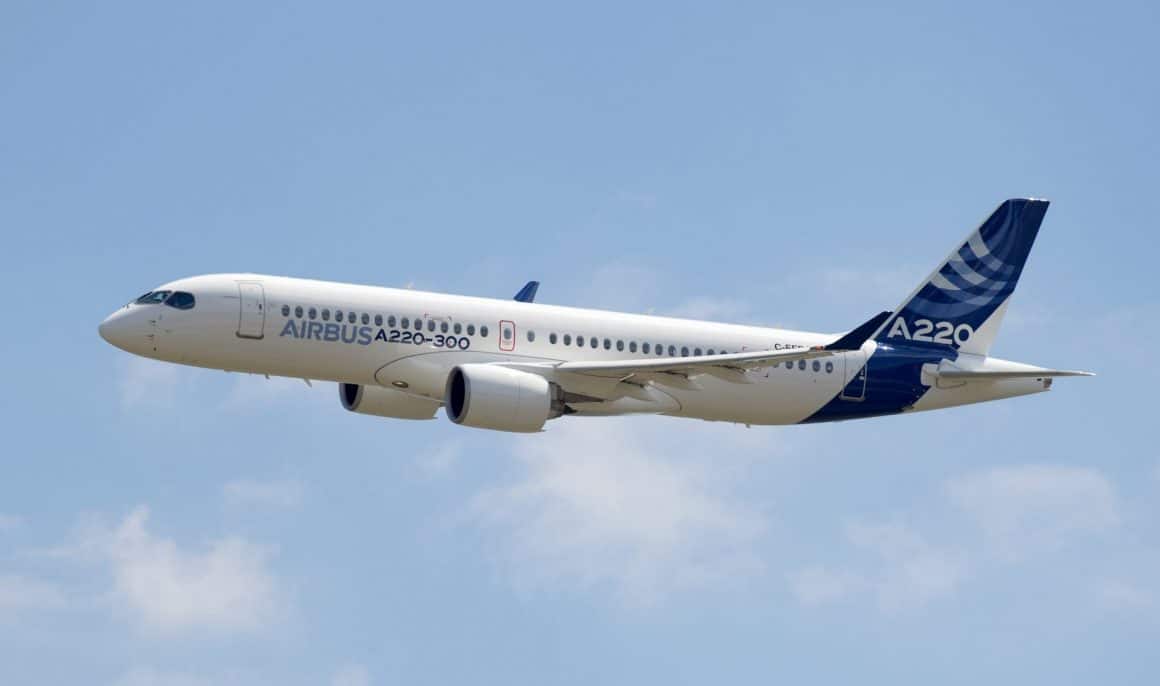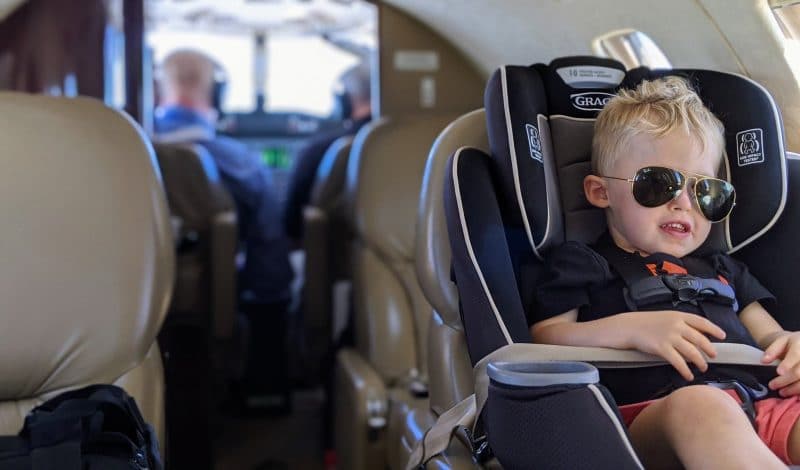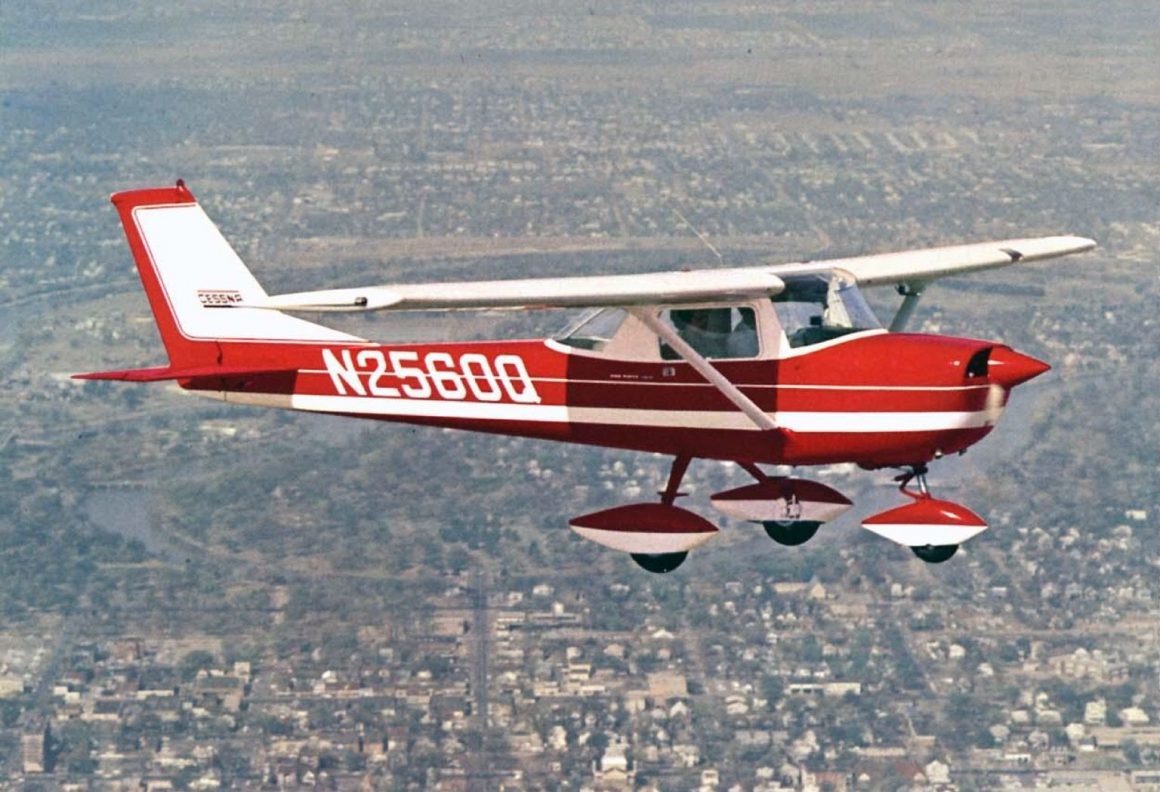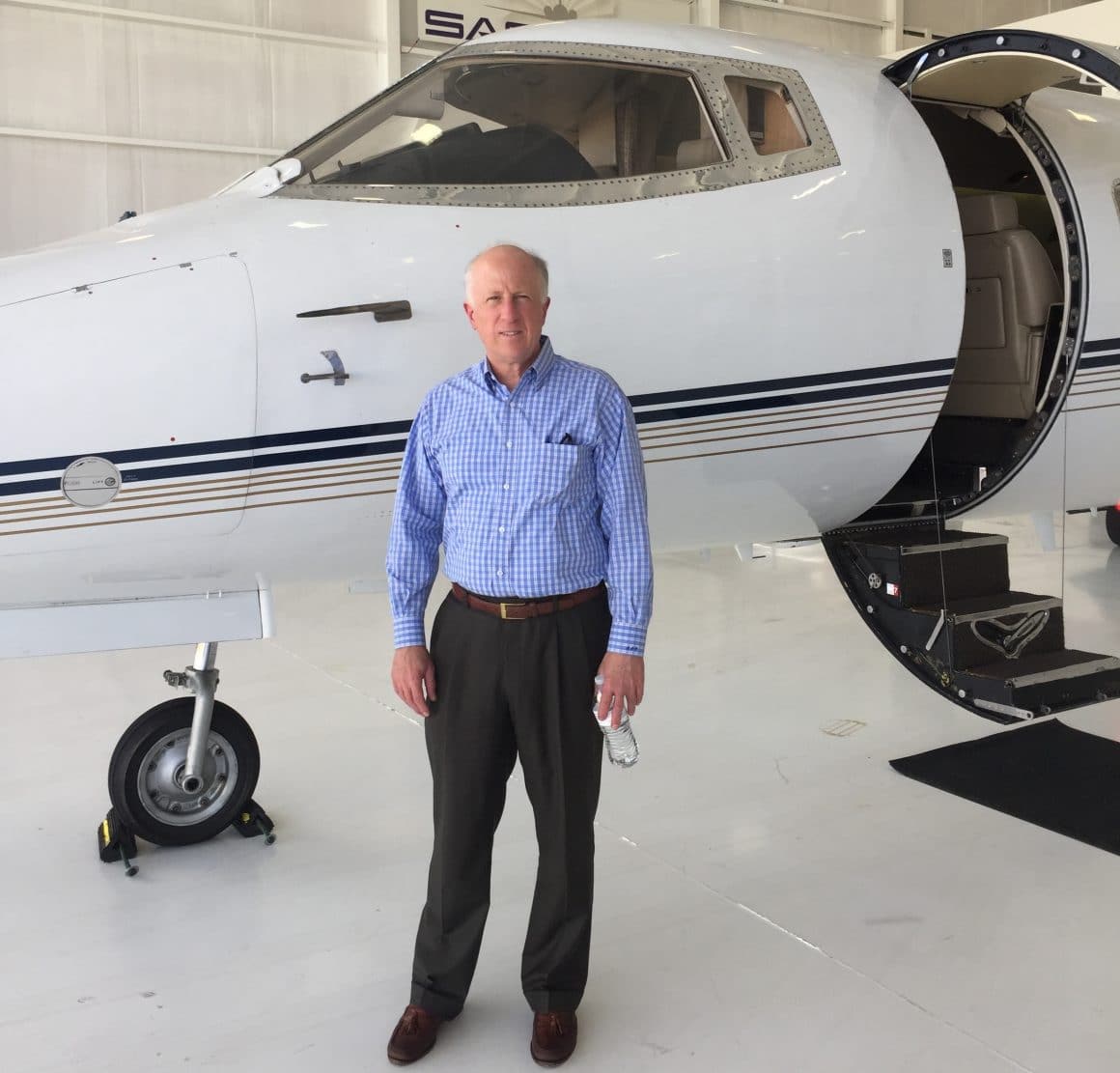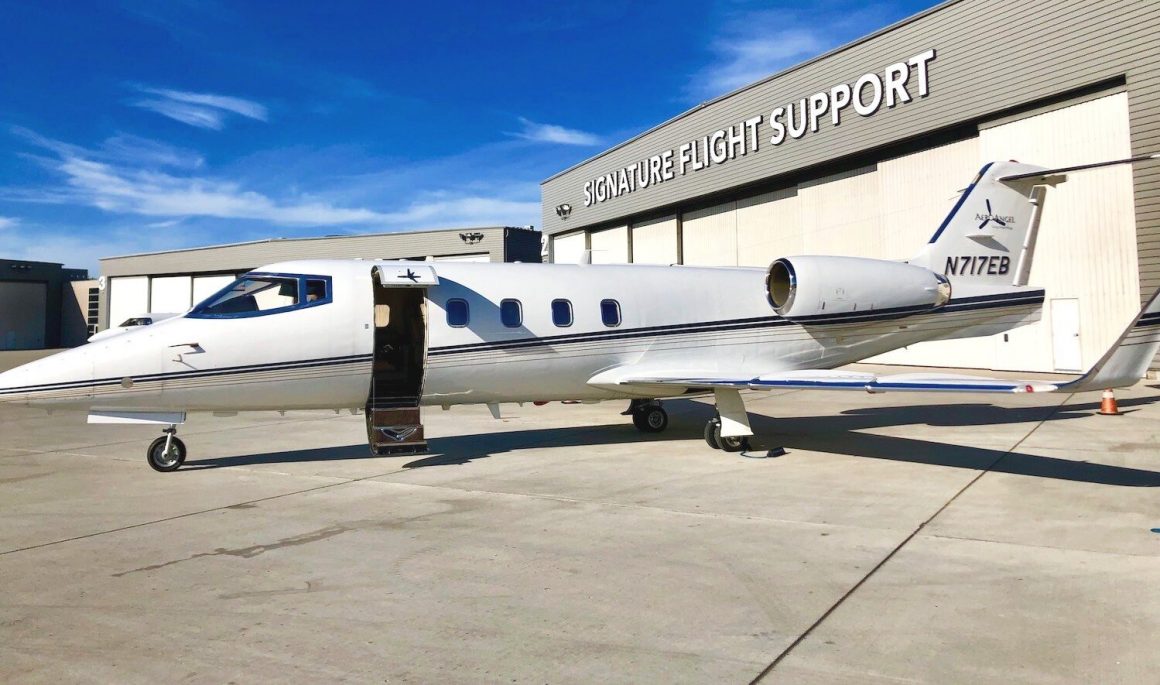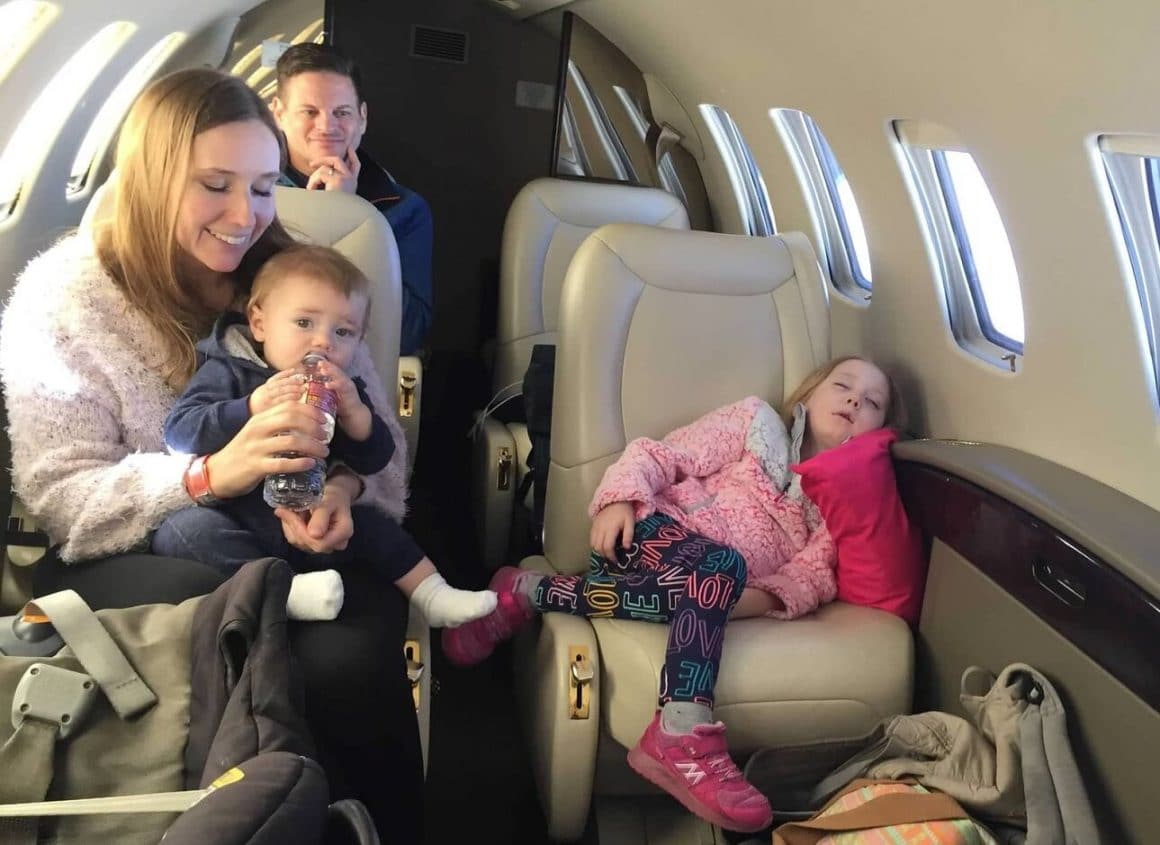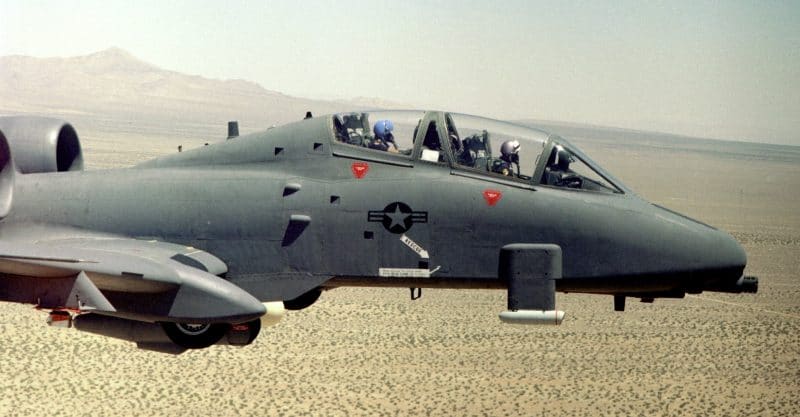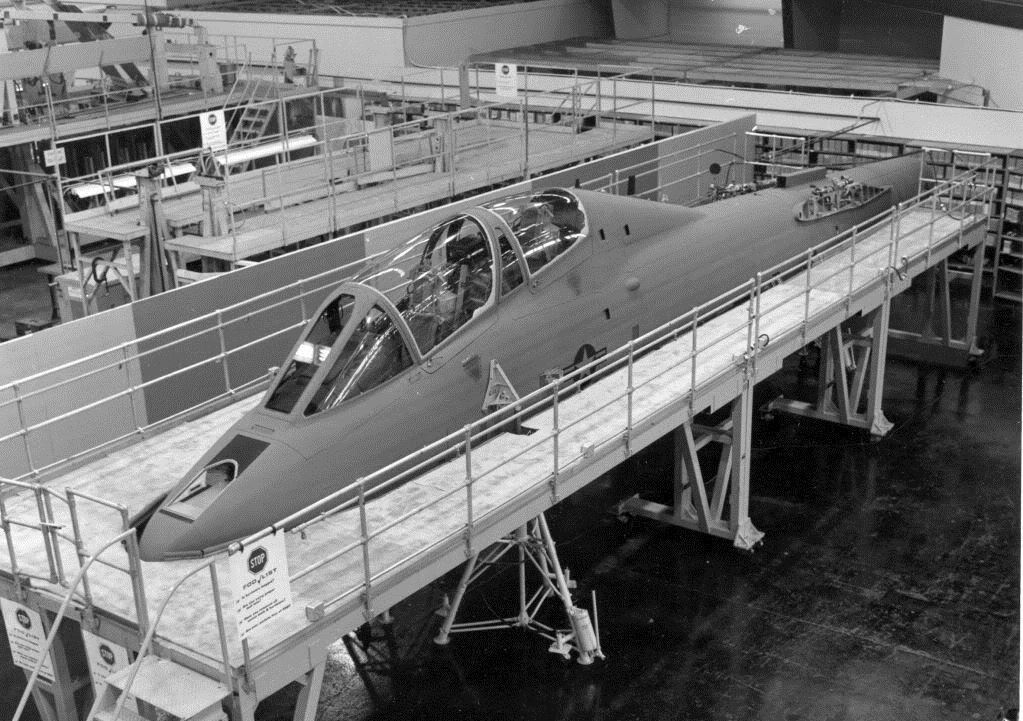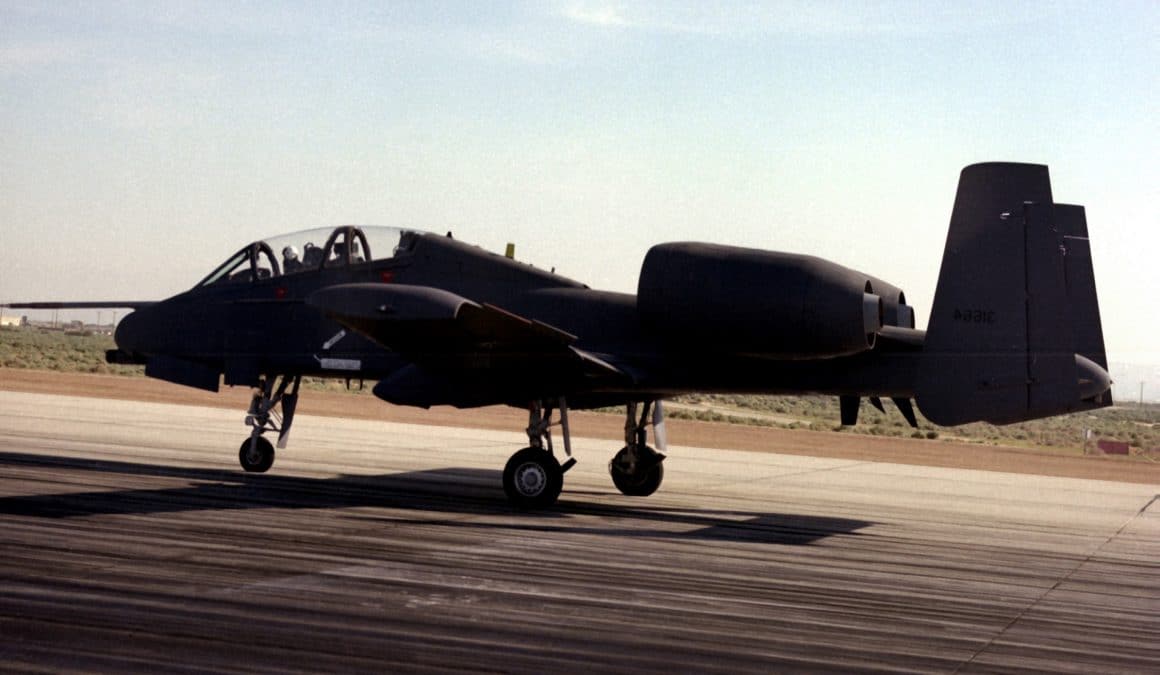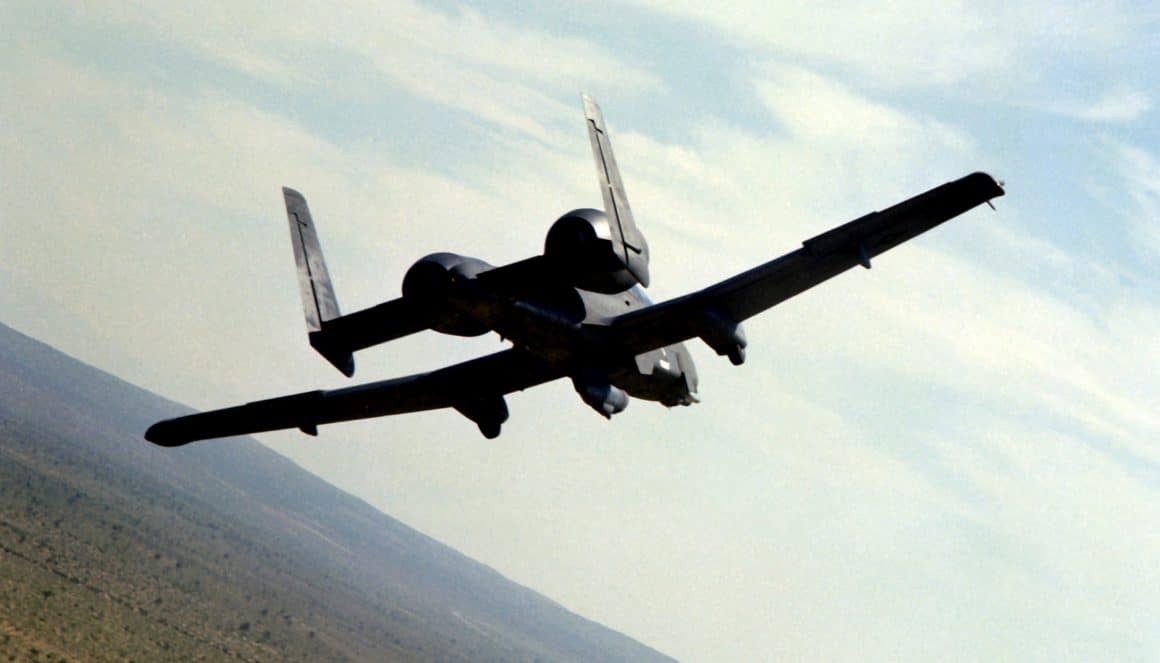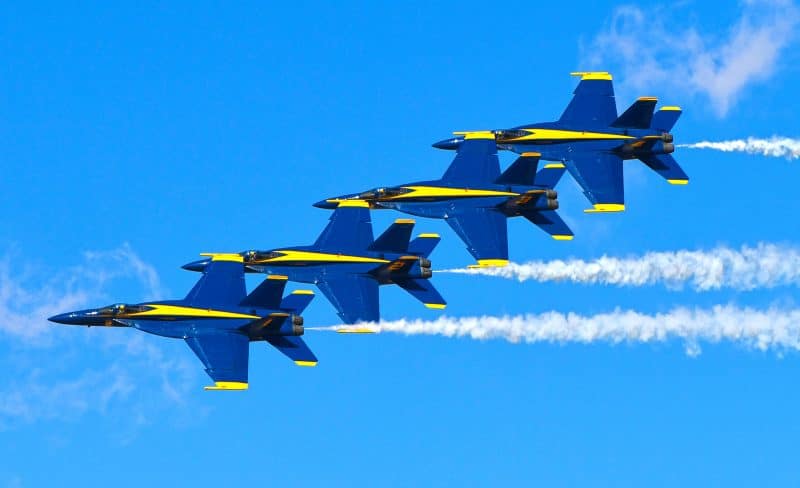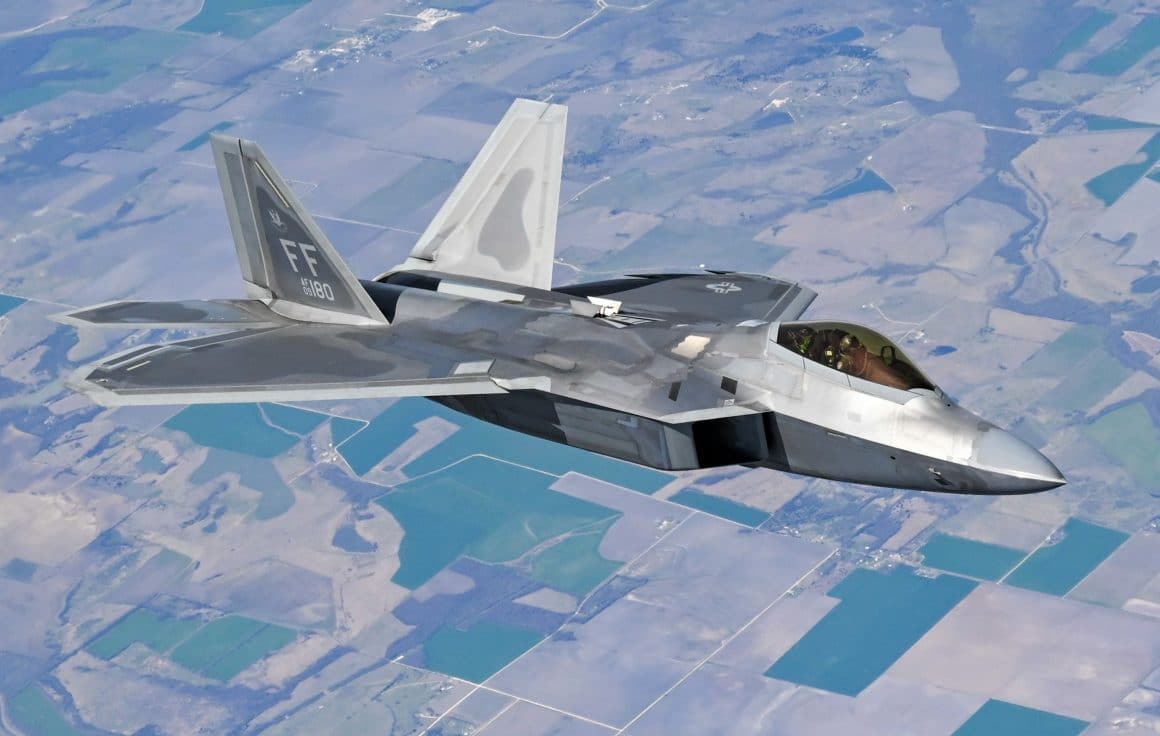LAKELAND, Fla. — The thrust of six blue and gold Super Hornet jets blended with the cheers from thousands onlookers on Thursday as the U.S. Navy’s Blue Angels arrived at the Sun ‘n Fun Aerospace Expo.
Sun ‘n Fun marks the Blue Angels’ first public air show performance in the last 17 months. This season is special to all involved as the squadron celebrates their 75th anniversary with new aircraft.
This weekend marks the public debut of the squadron’s more powerful F/A-18E/F Super Hornets. The Navy’s Flight Demonstration Squadron upgraded last autumn to the larger and faster jets.
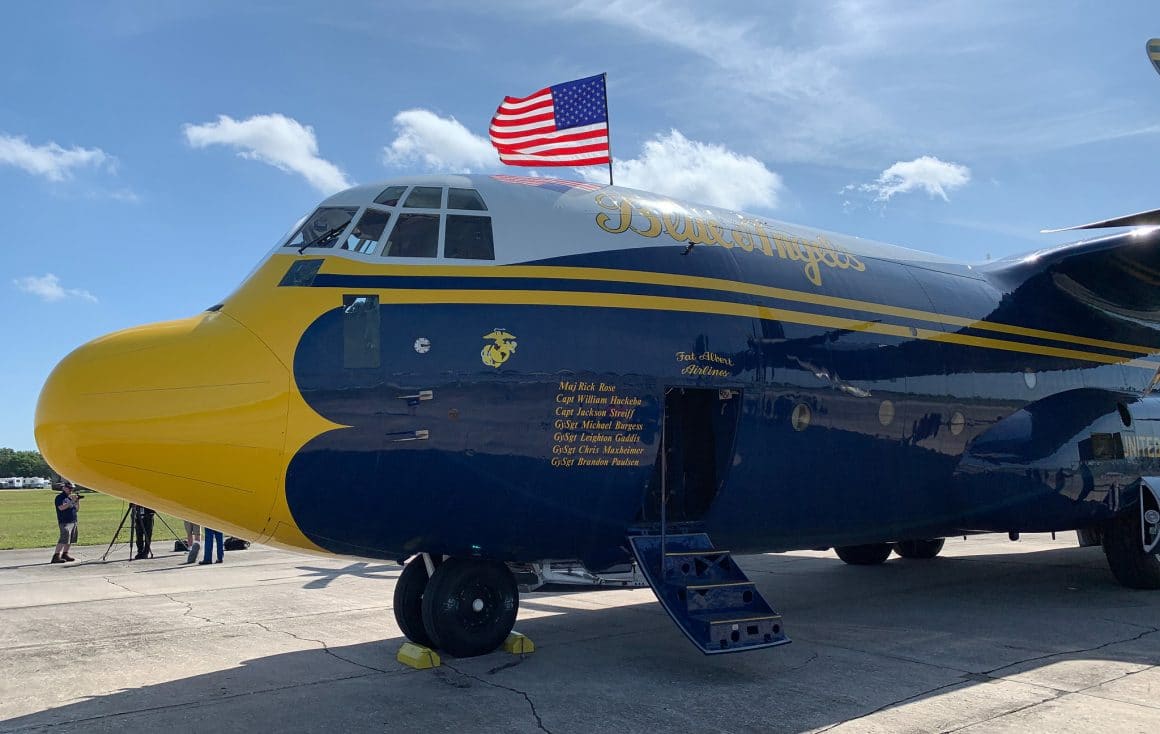
“We are honored to be the first airshow performance site for the Blue Angels to help launch this exciting new era of their 75-year history,” Sun ‘n Fun director Greg Gibson said Thursday.
The Blue Angels’ jets were smoke-on as their signature delta formation arrived high over the airfield. Minutes later, each jet touched down, one by one, at Lakeland Regional Airport.
As the Super Hornets parked, the aircraft maintainers greeted the arriving pilots. The canopy’s of the aircraft opened in unison and the pilots egressed in a synchronized formation.
The Blue Angels are scheduled to perform a practice flight on Friday afternoon. Their full formal demonstration is scheduled for about 3 p.m. on Saturday and Sunday.
The team’s opposing solo pilot LCDR Cary Rickoff is excited to perform for the crowds each day. A Super Hornet pilot prior to joining the Blues, Rickoff looks forward to showcasing the aircraft.
“The jets will look a new shiny blue and the delta formation will look a little bit bigger,” LCDR Rickoff explained to AvGeekery.com following their arrival. “You will notice about a 30% size increase — the jet is bigger.”
A fully upgraded ‘Fat Albert’ also touched down at Sun n’ Fun on Thursday. The Blue Angels new C-130J Super Hercules cargo transport is a huge crowd favorite not seen at air shows since 2018.
“This is one heck of a venue!” Blue Angels executive officer Cmdr Todd Royals said. “I was looking out the window of Fat Albert as we were coming in and it’s just a sea of airplanes. It’s so amazing to be back on the road displaying our aircraft and our people to represent over 800 thousand sailors and marines.”
The squadron’s air show schedule lists 29 locations, including their annual flyover of the U.S. Naval Academy’s graduation. One visit will include the interior of Alaska to perform at Eielson AFB, on the edge of the Arctic Circle.
The Blue Angels aircraft have gone from the single prop aircraft and mature into a jet plane with an increasingly faster thrust. The aircraft and personnel have changed during their 75 years, but their pride and teamwork continues to endure.
The professionalism of the Blue Angels has been handed down from generation to generation. From their ground show to their flying, professionalism will be on full display as they celebrate their 75th year.
(Charles A Atkeison reports on aerospace and technology. Follow his updates via social media @Military_Flight.)

